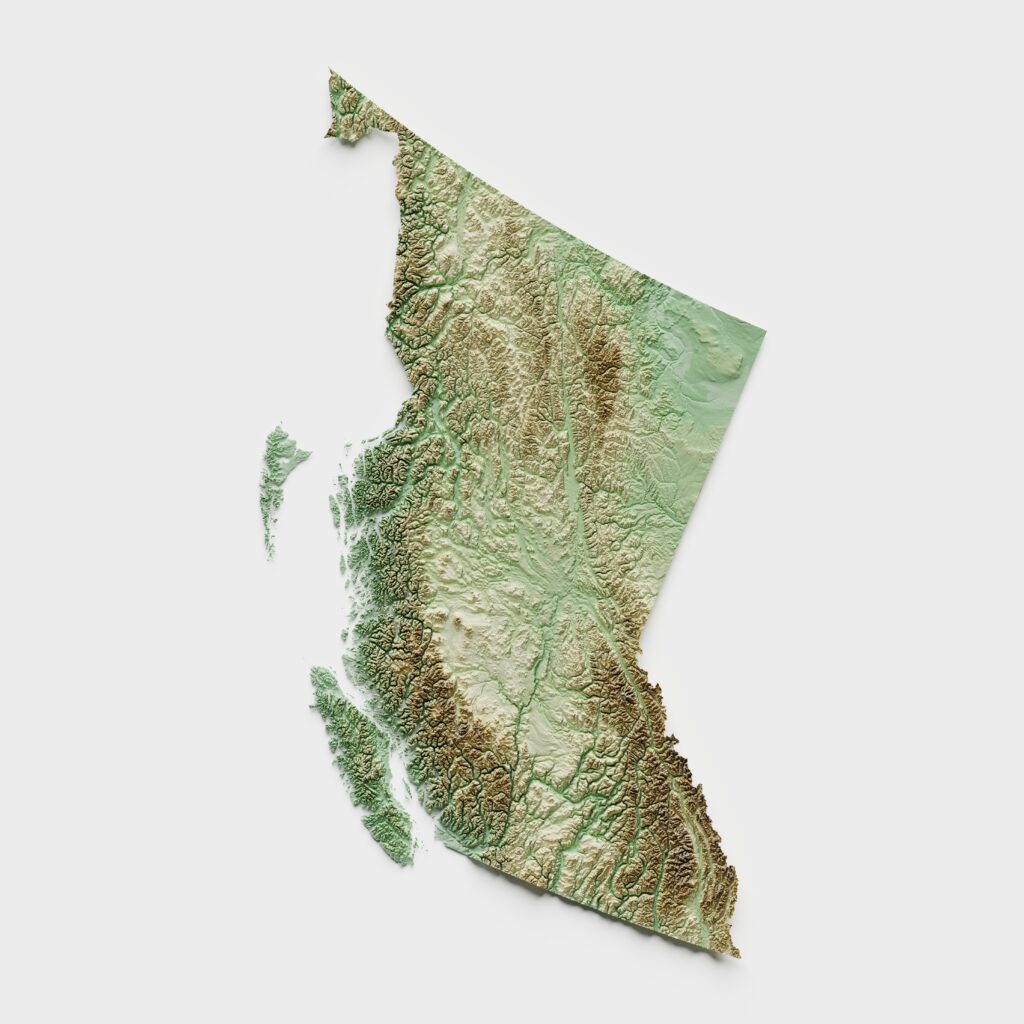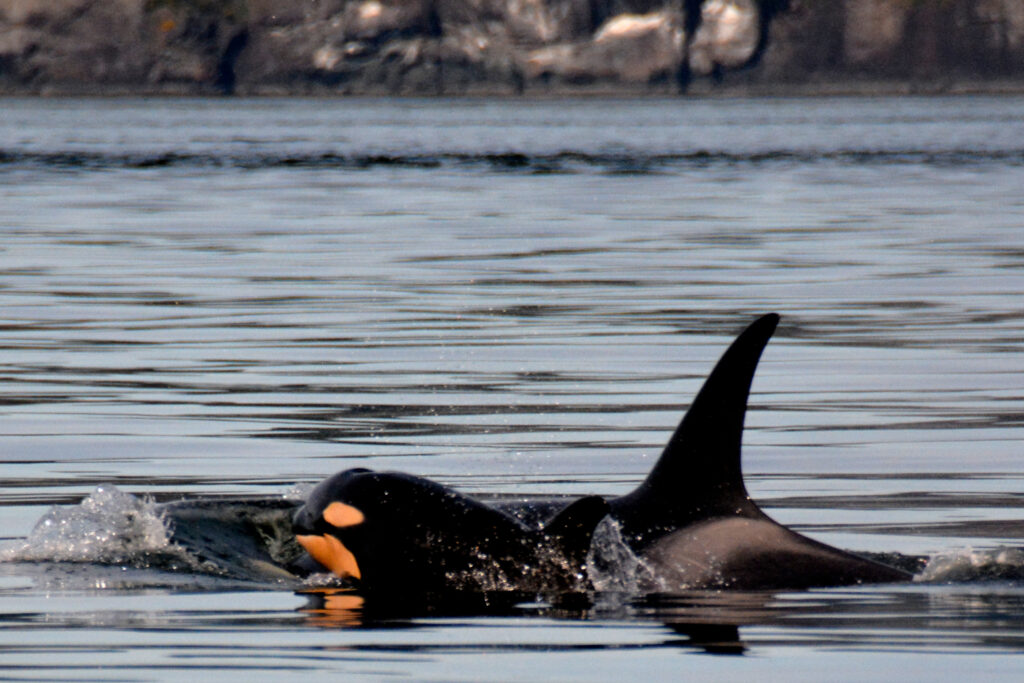

In summer of 2023, the luckiest of visitors to Tofino may have gotten a glimpse of a small, pale orange killer whale.
Baby killer whales are born with a pinky-orange hue, and the young whale is the latest addition to the L pod of endangered southern resident killer whales.
These whales, along with a host of other wildlife such as spirit bears, fuzzy marmots, and gray wolves, are what make British Columbian wildlife so iconic and unique.
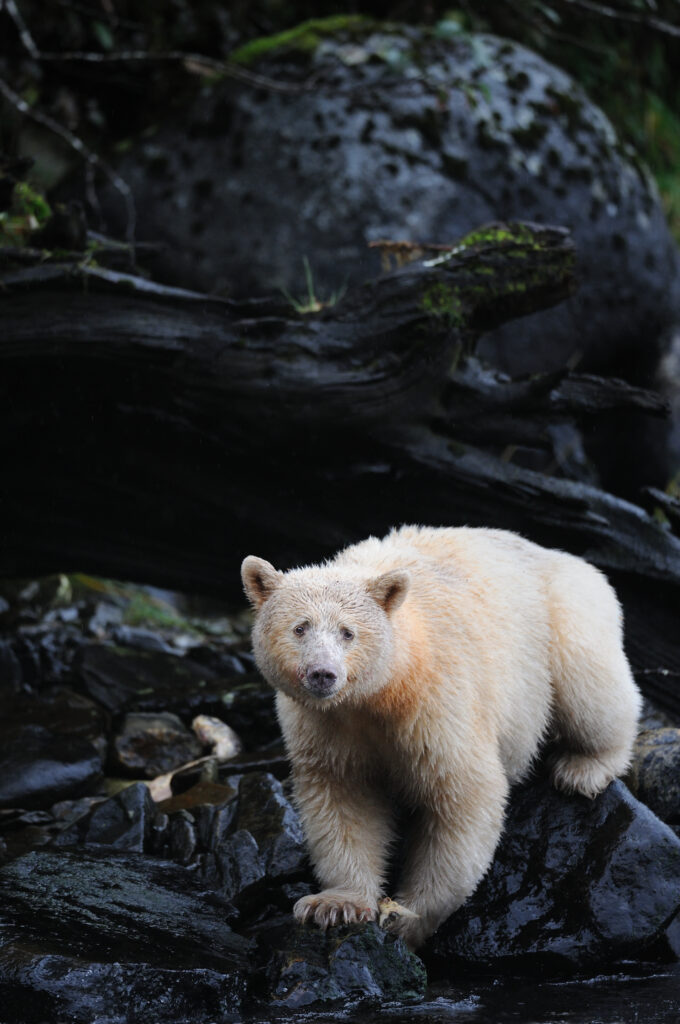
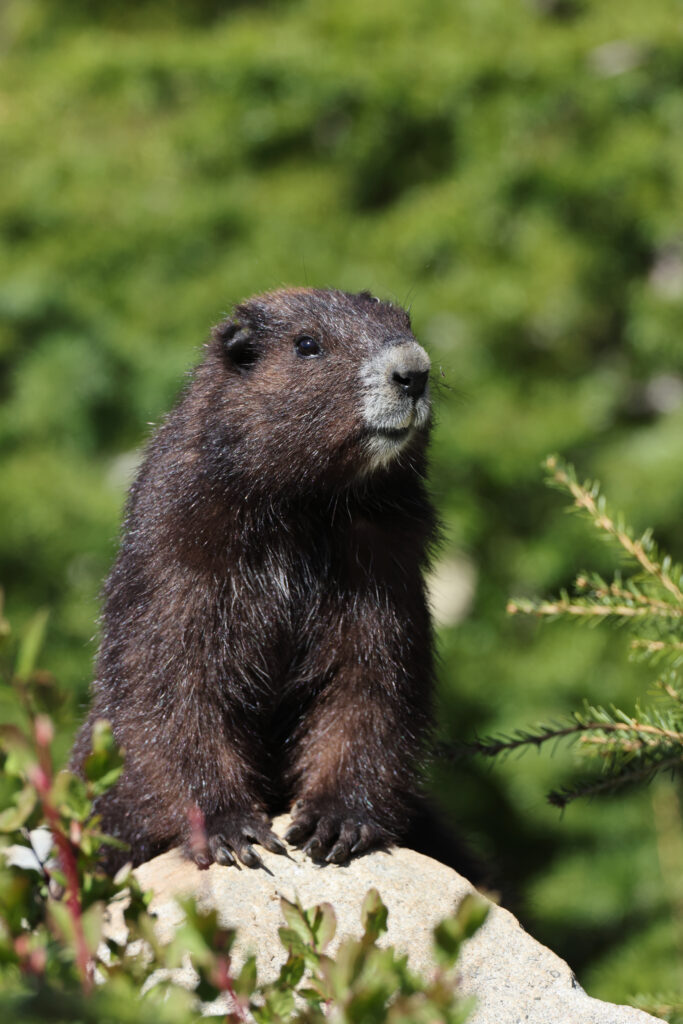
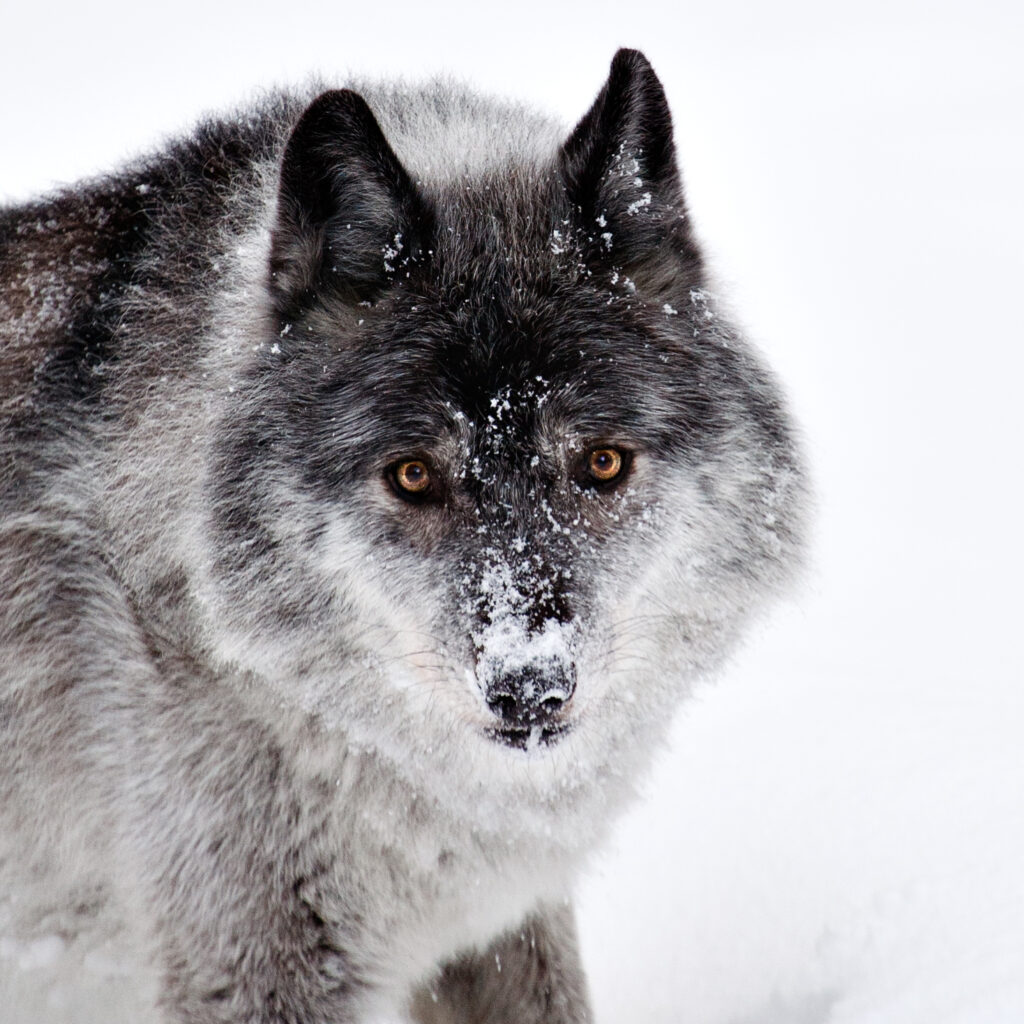
From salmon to snails to lady’s slippers, BC is home to a bountiful amount of life.
Scientists estimate that the province is home to between 35,000 and 70,000 different species—including 1,100 vertebrates, over 10,000 different kinds of fungi, and 35,000 different insects.
BC is also home to the highest number of endangered and endemic species (those that can’t be found anywhere else) in Canada.
All these different living things make British Columbia the most biodiverse province in Canada—or the province with the largest variety of living things.
“Biodiversity is basically all life on Earth, and life on Earth makes it possible for all of us to live,” explains Brian Starzomki, a conservation ecologist at the University of Victoria.
Biodiversity provides ecosystem services—things like clean water, air, and food, he explains. “It's important because it supports all of us.”
The sheer number of different species, or species richness, is a key measure for understanding biodiversity, but scientists also have a few more nuanced ways to measure and understand a region’s variety of life.
When scientists are studying biodiversity, they consider factors such as the number of species, the relative spread of those species, and the number of species unique to that area.
Scientists also don’t necessarily have to just look at species to study diversity. Generally, biodiversity can be studied at three broad levels: the genetic level, species level, and ecosystem level.
“The reason that we have so many species is because we have so many different ecosystems and habitats that species can exist in,” says Starzomski.
BC is a huge province whose geography is shaped by a rich and varied coastline, mountains, and a long glacial history. Some of the habitat types in the province include coastal rainforests, interior grasslands, alpine tundra, boreal forests, wetlands, and the coastline.
Coastal rainforests
See more →
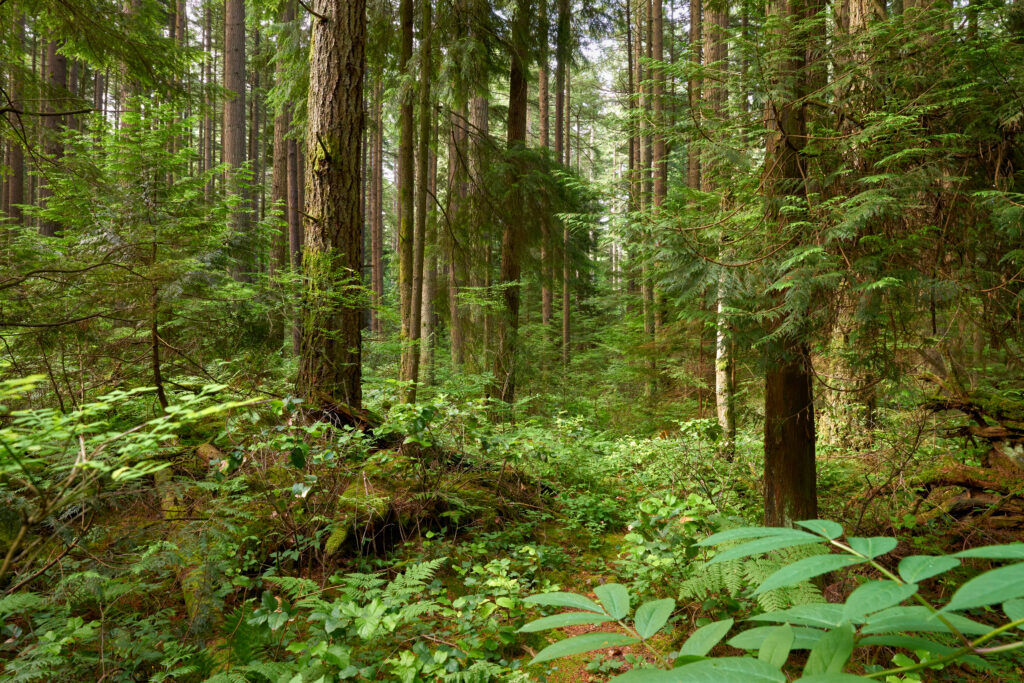
BC's coastal rainforests are home to high productivity and biodiversity. For example, marine-based nitrogen is transferred to the land through salmon swimming upriver to spawn. Some are eaten by bears, and their remaining carcasses eventually deteriorate and enrich the soil.
Additionally, BC's coastal temperate rainforests are globally rare. These types of forests only occur on 0.2% of the Earth's surface!
Interior grasslands
See more →
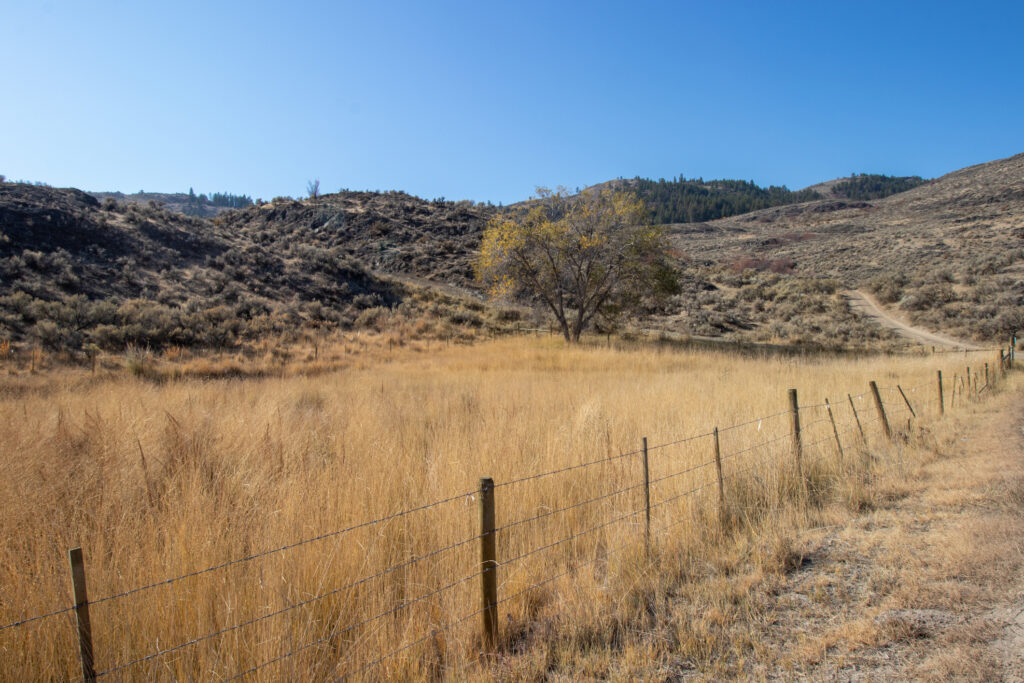
The interior grasslands is one of the driest and hottest locations in Canada. This area is home to many plant and animal species that are adapted to summer droughts and cold, dry winters.
Some grassland plants grow from bulbs deep underground, where there is more moisture. Other plants grow in early spring when there is more moisture in the soil.
Grasslands cover less than one percent of BC and are home to more endangered species than any other habitat.
Alpine tundra
See more →
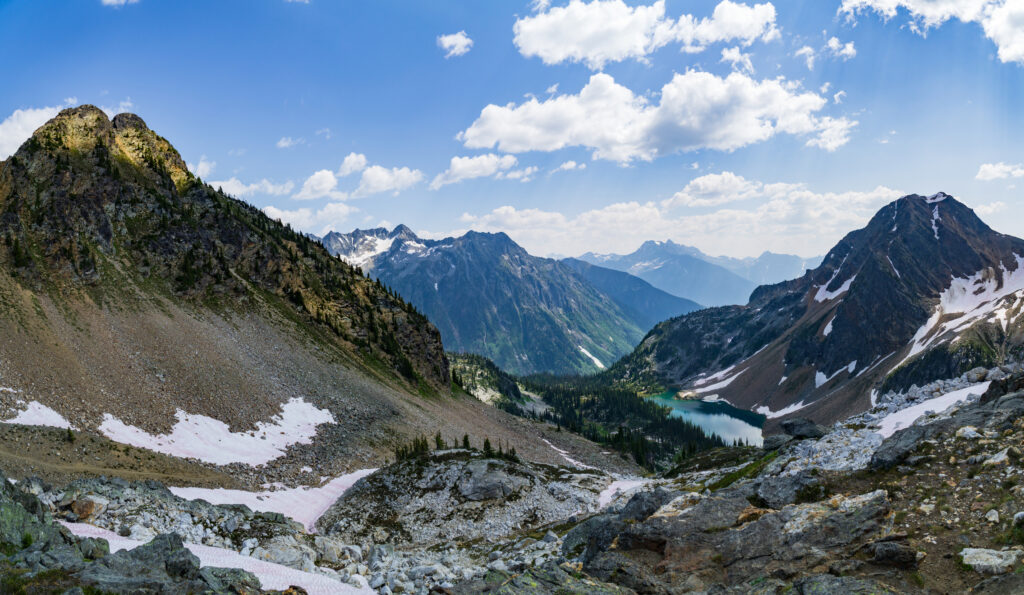
More than 12 percent of BC is alpine tundra, or land above the trees. Due to its harsh climates and high elevation, the alpine tundra is mostly treeless and some areas are covered by snow and ice year round.
However, over 400 species of native alpine plants thrive in this environment. Many of these plants are shrubs, herbs, mosses, and lichens.
Boreal forests
See more →
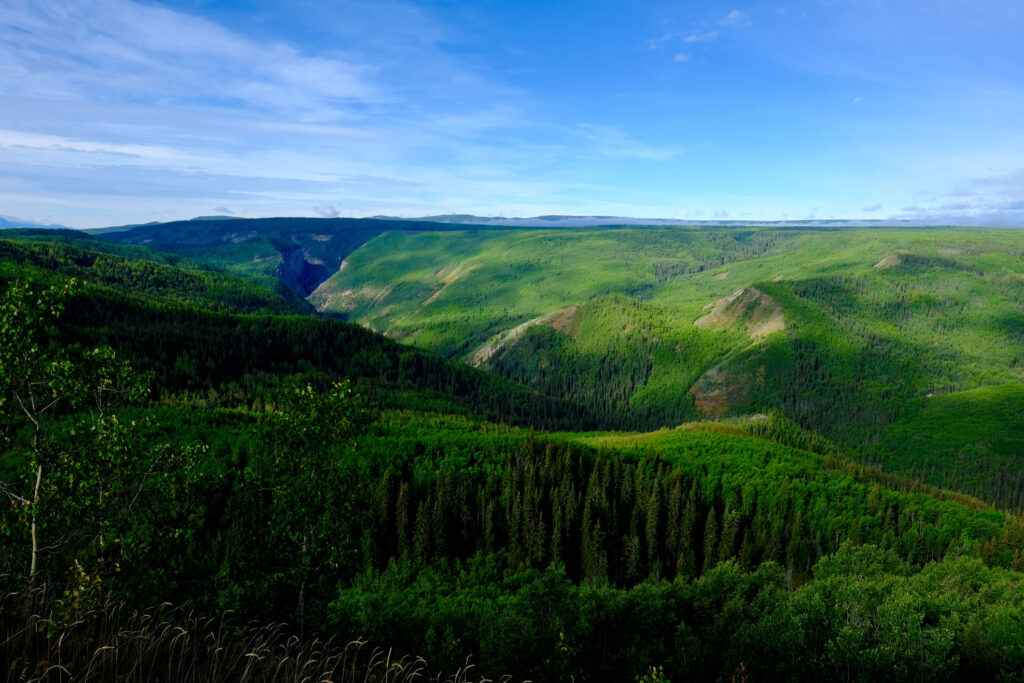
At 299,000km2, BC's boreal forest is larger in size than the United Kingdom! What impact does this make? Quite a lot.
It stores over five billion tonnes of carbon in its soils, peat, and forests. Further, it's the breeding ground for approximately 170 species of birds and supports other wildlife, like 1,000 of Canada's threatened Woodland Caribou population.
Wetlands
See more →
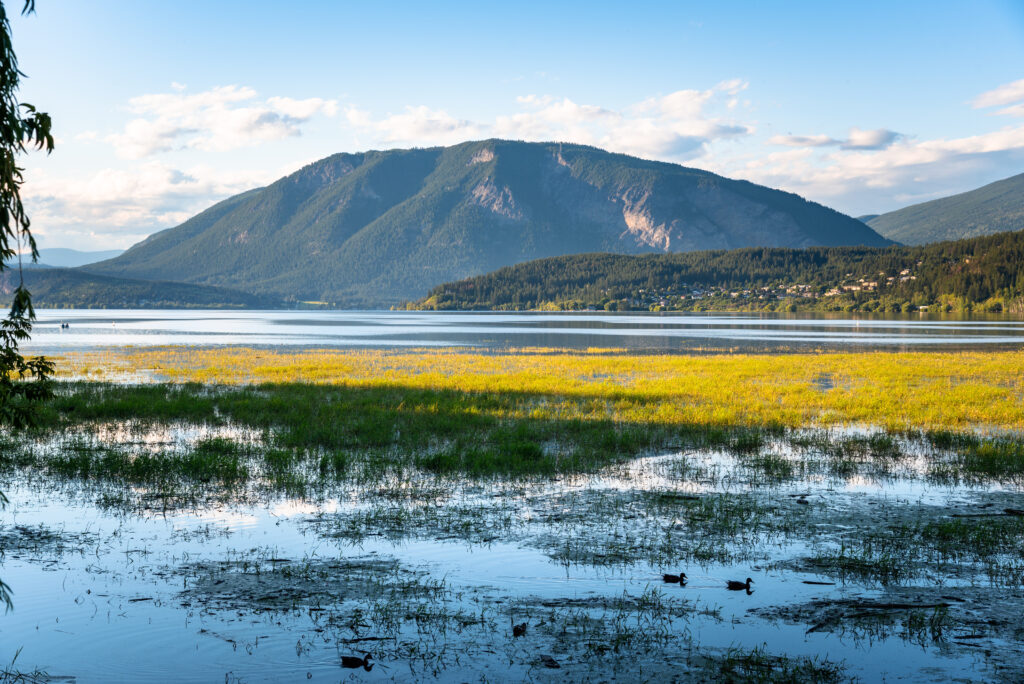
Approximately five percent of BC is covered by wetlands, which help minimize environmental problems and provide crucial habitat for wildlife.
Wetlands are nature's filtration system, and help regulate atmospheric gases and climate cycles through absorbing water quickly and releasing it slowly with improved quality. They also help to stabilize shorelines, recharge groundwater, and more.
Wetlands also contain rich biodiversity. An estimated 50 percent of wildlife species in North America rely on access to wetland habitats.
British Columbia is also home to a host of endemic wildlife Endemic WildlifeSpecies that are exclusively native to a specific geographic area and are not found anywhere else in the world. These plants, animals, or microorganisms have evolved and adapted to the unique conditions of their particular environment, forming an integral part of the region's biodiversity. —species like the Vancouver Island marmot, the Queen Charlotte hairy woodpecker, and the Queen Charlotte pine grosbeak.
Furthermore, unique populations such as the southern resident killer whales or ghost bears in the Great Bear Rainforest draw in thousands of dollars in tourism revenue.
Perhaps most importantly, biodiversity is important because it holds an intrinsic value.
“All of these species—this mosaic of diversity that we live in is what makes this planet special,” says Adam Taylor, the executive director at the Vancouver Island Marmot Rescue.
“It's only planet we know that has life on it, and we have an opportunity to conserve that.”
Curious for more science behind biodiversity and climate change?
Explore solutions for regenerating our planet on Change Reaction.

